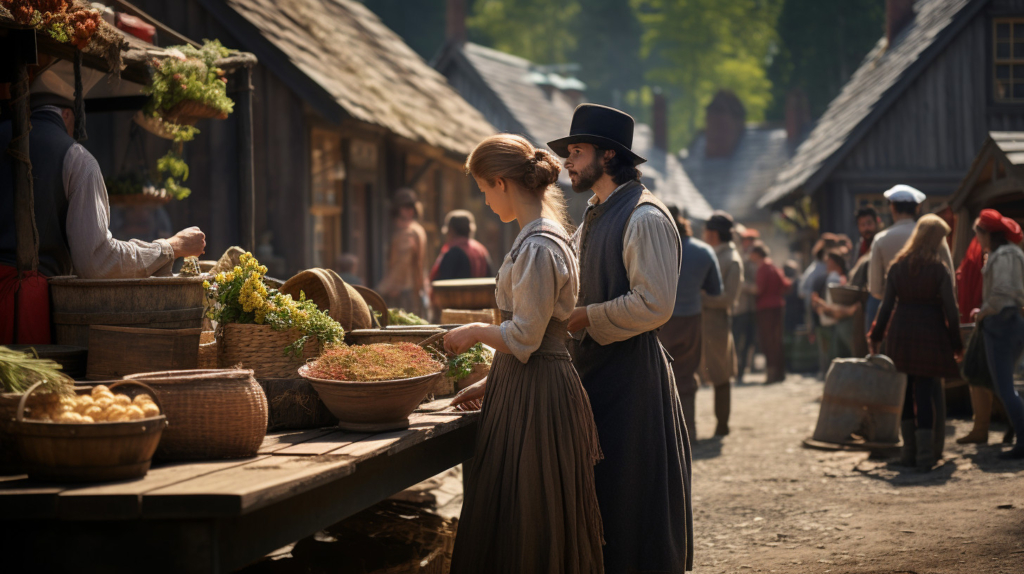How did the affected people and their societies deal with the aftermath of the witch trials? In the Nordic countries, circa 5000 people were accused of witchcraft, and around 1700 were executed (for Europe as a whole the numbers are 80 000/35 000).
One more or less immediate reaction once the witch hunt slowed down was – at least among the authorities – to take a more sceptical stance when new accusations arose. They were often, but not always, and with geographical differences, dismissed and the accusers were told not to make up false stories.
Amongst the public however, the belief in witches and Devil-pacts lived on longer, which can be seen in the lynching of suspected witches.
But what about the people who were left behind? The accused that eventually were cleared, or condemned but not to death? Or the relatives or spouses of the executed/punished?
In a case study of the witch trials in Älvdalen, Sweden, where The Great Noise began, Marie Lennersand and Linda Oja studies the aftermath of the trials.

There were two large-scale trials in Älvdalen in 1668, one in September and one in December. The accused in the first trial were mostly from three of the more prominent families in the area. They were landowners and had leading positions in their society. The authors mean that the fact that those families were especially affected may indicate a resentment from other villagers. It was not uncommon that successful people were accused on the grounds that they must have made a pact with the Devil to reach that success.
At the trial in December however, the accused came largely from families with an already bad reputation. That was not uncommon either, as it may have been easier to believe the accusations about people who already was outcasts or unliked.
In both cases, they were accused not only by other villagers, but often by members of their own families. And in both cases, many were sentenced to death. So the accusations, trials, and outcomes followed the same pattern as pretty much anywhere.

But how did that effect Älvdalen and the survivors?
You would expect there would be resentment, enmity, even hatred. Normally, people convicted of serious crimes were excluded from society. But that doesn’t seem to have been the case here.
Lennarsand and Oja has studied contemporary records, and has been able to detect certain patterns. First of all, no records of continued enmity exist, no more accusations or trials – until 1734 when two sisters were accused of witchcraft, but that was quickly shut down. No one was interested in repeating history.
Secondly, those convicted or their relatives didn’t seem to have been excluded from society. Not even those who had confessed to sorcery, visiting Blåkulla or even to having had sex with the Devil seemed to suffer any far-reaching consequences.
Read more about the reconciliation of Älvdalen in the next post!

